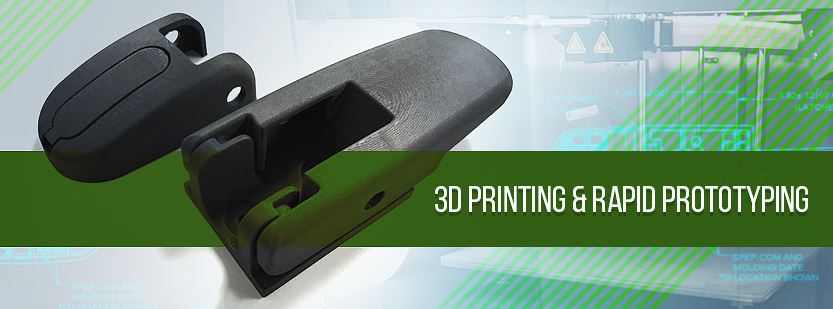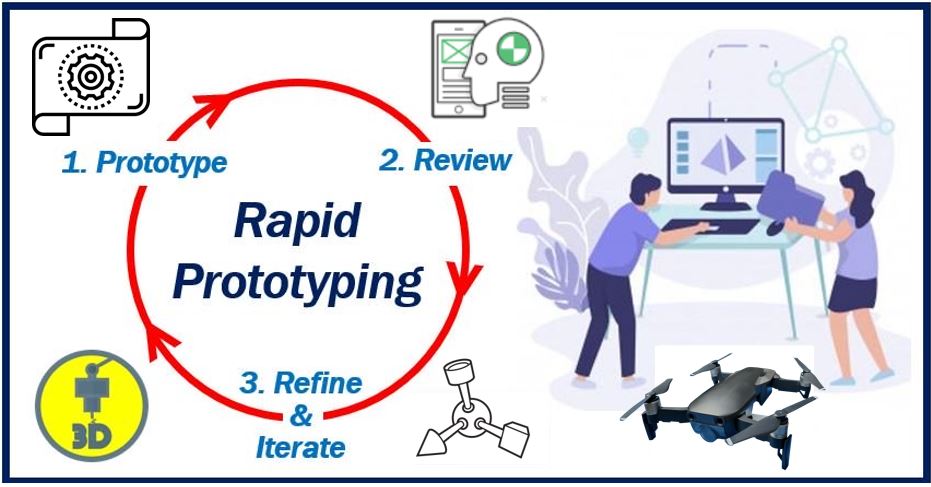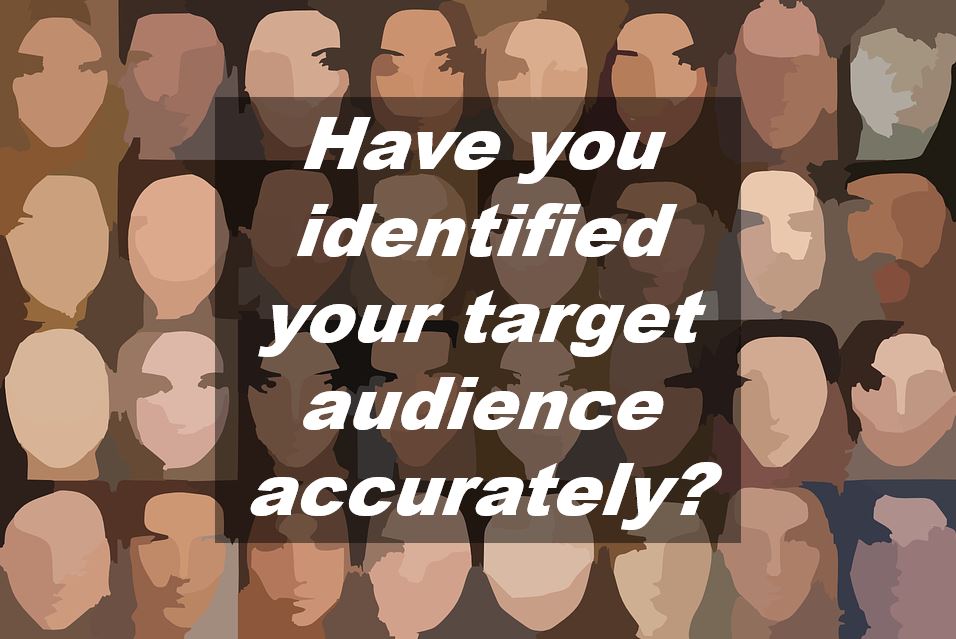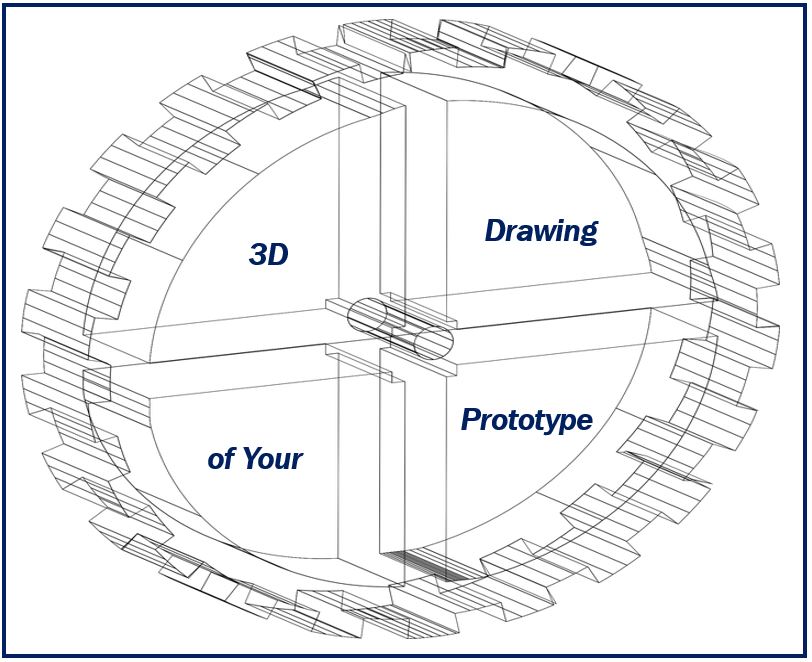A prototype can be an important part of building a business because it allows potential investors to get a real feel for your product.
In the modern era, the preferred methodology for many entrepreneurs is a 3D computer-aided design (CAD) and rapid prototyping, but there are steps you need to take before you get to that point.

Even though there are some steps in between, thanks to rapid prototyping, you can turn your idea into a physical product in a day in some cases.
If you have a great idea, what are the steps you need to take to get it to the prototype phase?
Understand the Objectives of a Prototype
Before you bring an idea to life, it’s important to understand what the goal of a prototype is. The ultimate goal of any prototype is to evaluate your idea, and figure out if it’s as viable as you think it is, and where changes might need to be made.
When you’re preparing to create a prototype, you want to keep it simple. You can add and make changes later on down the road, but the prototype lets you see the core elements of your product.
The simpler your prototype is, the more quickly you can likely get it done.
Even though the prototype itself should be simple, you do want to gather data before you design it.
Researching your target market and the landscape as it currently exists, is important. A great prototype that’s already been done won’t be of much value to you.

While the general idea of any prototype is to evaluate your idea, more specifically, think about whether you want to assess it for manufacturing or perhaps sell it to your clients. Maybe you want to sell it on Kickstarter. All of these specific objectives are going to mean differences in your prototype.
You Don’t Have to Spend a Fortune
A lot of entrepreneurs will shy away from prototyping because they worry it’s too expensive. In reality, it doesn’t have to be, and there are things you can do to lower the costs.
For example, speak with the prototyping company and ask about the materials that are going to be used. Go with cheaper options if you can.
Designers may have other cost-saving ideas as well.
Create a List of Features
Before you have your prototype created, write down a set of features as well as functions that you want it to have. Then, make a priority of the most important few, and eliminate the others, at least at first.
This will help you drill down to the core functions, and you can always expand out from there.
Don’t think of a prototype as needing to be perfect.
Be Clear On Who Your Target Audience Is

Sometimes knowing your target audience is the most important thing before you create a prototype. You need to be able to verbalize or write down exactly who you’re targeting. If you can’t do that, you haven’t done enough research.
There is an unfortunate misconception that your idea will find an audience and a market, and that’s typically not the reality. Audience needs to come before the prototype, always.
Protect Yourself
You need to legally protect yourself and your idea before you make a prototype. There are different ways you can go about doing this. You may need to patent your idea, and whoever works with you on your project should sign a Non-Disclosure Agreement. You may need to have your designer, your engineer, and whoever builds your prototype sign an NDA.
You can use a standard NDA, or you can have a lawyer create one customized to your situation.
Drawings

Finally, you’re going to need drawings for your prototype. When you got a patent you may have illustrations but for a prototype, you’re going to need 3D drawings of the product. You’ll probably need to use a 3D modeling program.
If you can’t do this yourself, using something like CAD, when you work with a prototyping company, they can likely do it.
Once you’re beyond these initial steps you can start thinking about more specifics. For example, do you want a proof-of-concept prototype that primarily looks at functionality and materials or an appearance prototype that doesn’t indicate functionality?
There are also engineering prototypes and electronic prototypes, but these are usually further down the road than the appearance prototypes.
Don’t let uncertainty about the prototyping process stop you from bringing a great idea to the market. Thanks to technology, prototyping is much easier than you might think.
Interesting related article: “Advantages of rapid prototyping.”

